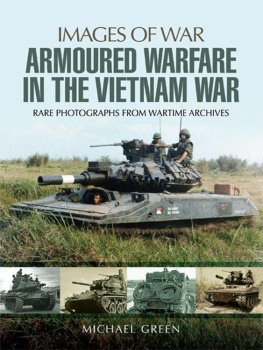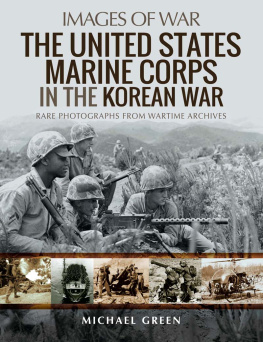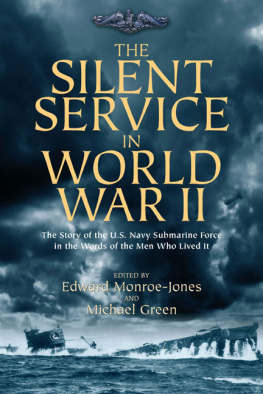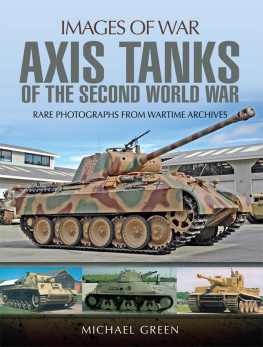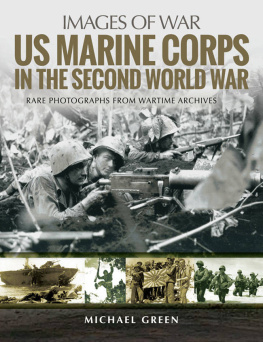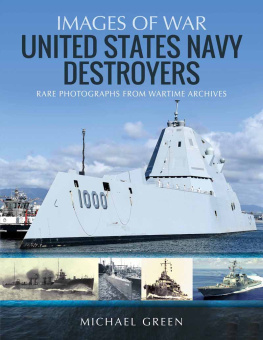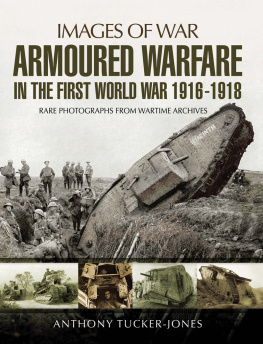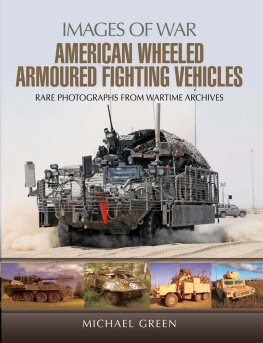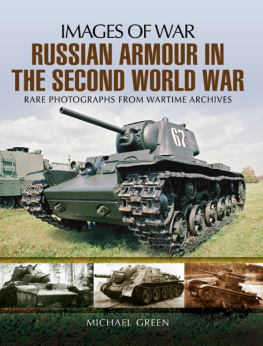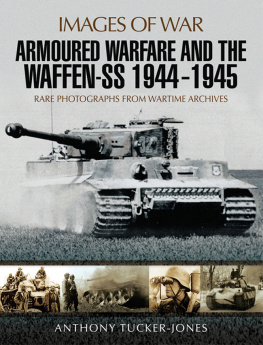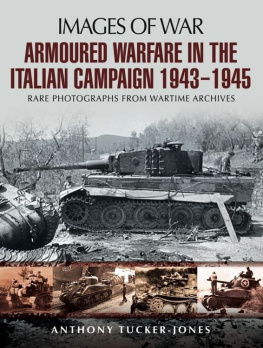
First published in Great Britain in 2014 by
PEN & SWORD MILITARY
An imprint of
Pen & Sword Books Ltd
47 Church Street
Barnsley
South Yorkshire
S70 2AS
Copyright Michael Green, 2014
ISBN 978-1-78159-381-3
eISBN 9781473841369
The right of Michael Green to be identified as author of this work has been asserted by him in accordance with the Copyright, Designs and Patents Act 1988.
A CIP catalogue record for this book is available from the British Library.
All rights reserved. No part of this book may be reproduced or transmitted in any form or by any means, electronic or mechanical including photocopying, recording or by any information storage and retrieval system, without permission from the Publisher in writing.
Typeset by Concept, Huddersfield, West Yorkshire HD4 5JL.
Printed and bound in England by CPI Group (UK) Ltd, Croydon CR0 4YY.
Pen & Sword Books Ltd incorporates the imprints of Pen & Sword Archaeology, Atlas, Aviation, Battleground, Discovery, Family History, History, Maritime, Military, Naval, Politics, Railways, Select, Social History, Transport, True Crime, and Claymore Press, Frontline Books, Leo Cooper, Praetorian Press, Remember When, Seaforth Publishing and Wharncliffe.
For a complete list of Pen & Sword titles please contact
PEN & SWORD BOOKS LIMITED
47 Church Street, Barnsley, South Yorkshire, S70 2AS, England
E-mail: enquiries@pen-and-sword.co.uk
Website: www.pen-and-sword.co.uk
Contents
Acknowledgments
A s with any published work, authors must depend on their friends for assistance. Those who provided valuable support for this book include Jim Mesko, Joe De Marco, Martin Morgan and Vladimir Yakubov. Paul and Lorn Hannah were kind enough to provide access to their wide assortment of military vehicle images taken on their travels across the United States. The pictures from the Tim Kubica collection that came from Thomas F. Meyer were provided by the late Richard Hunnicutt.
A special note of thanks goes to Ken Estes and Michael Panchyshyn for taking the time to review the text and pictures for accuracy.
William Highlander, director of communications for FMC, provided the author permission to access the firms picture library. Other organizations that assisted the author in acquiring images for this book include the helpful staffs of the former Patton Museum of Armour and Cavalry, the National Archives, and the Tank Museum, Bovington, England. Randy Talbot, the TACOM Life Cycle Management Command (LCMC) staff historian, allowed the author access to their extensive historical photo collection. As the images for this book come from a wide variety of different sources individual picture quality can vary a great deal. Some less than perfect images have been included due to their rarity.
Dedication
I would like to dedicate this book to
tanker Lieutenant Colonel Robert M. Johnstone
(USMC retired).
Foreword
T anks are not supposed to operate in the jungle. That was the opinion of most of the US Armys leadership in the 1960s. I was a newly-trained second lieutenant in the armour branch in 1969 and was told to forget about being a tanker. Instead, it was conveyed to me that I could expect an assignment as an infantry platoon leader in Vietnam. This is an infantry war, I was informed on a number of occasions before flying off to the war zone. I would be leading my men into battle on foot through fetid jungles infested with poisonous snakes and insects, or slogging waist-deep through the mud and muck of a rice paddy. Upon my arrival in Southeast Asia what I found was completely at odds with what I had been told.
Once in South Vietnam I found myself assigned to Troop E, 1st Cavalry of the 11th Light Infantry Brigade of the Americal Division. Instead of walking into battle I would be riding into harms way on an aluminium armoured steed dubbed the ACAV. Our escort would be the Sheridan light tank. To my great surprise not all of Vietnam was composed of jungles and rice paddies. A lot of the land was a flat alluvial plain and some areas were rolling hills. Especially during the dry season most of the country was accessible to light armoured vehicles. Even the much heavier M48 Patton tanks were surprisingly mobile in many areas. I found that we could operate pretty much anywhere we chose to go. It turned out that armoured vehicles could operate successfully in Vietnam when employed with imagination and ingenuity.
Of the two vehicles I had under my command in South Vietnam I spent most of my time on the ACAV. I liked its reliability despite the abuse we heaped upon it. To improve our chances of survival when encountering the numerous mines and improvised explosive devices the enemy lay in our path, our vehicles had been supplied with a belly armour kit. We also carried an enormous amount of ammunition. This extra weight placed a serious burden on the vehicles and no doubt shortened their mechanical life spans. But we all wanted to go home in one piece.
I had limited faith in the Sheridans in my platoon. They had too many bugs and too many problems with reliability. Sometimes I wished we had M48 Patton tanks for busting through dense undergrowth in our constant search for the enemys hideouts. However, when a Sheridan got stuck, you could hook a couple of ACAVs up and pull it out of the mire. You couldnt do this with an M48. As our troop commander said: You get an M48 stuck at 52 tons you have a real problem! So while we gained mobility we lost reliability, firepower and armoured protection.
Another surprise for me upon being asked by the author to write a foreword for this book was to realize the incredible array of armoured vehicles that had served in that region of the world prior to my arrival and during my time in country. I trust that the readers of this book will enjoy this concise look at these vehicles and what they brought to the conflict that plagued that far corner of the world for so long.
Todd Armstrong
Note to readers
The US Army implemented a new system of tank nomenclature in late 1950. No longer were they divided by weight into light, medium or heavy tanks. Rather, they were classified by the calibre of their main guns. As an example, the M48 medium tank was officially referred to in US Army documents after November 1950 as the 90mm gun tank M48A3. To be consistent, the author will retain the original classification of American tanks as being light, medium or heavy throughout the text.
Chapter One
Tanks
A t the conclusion of the First World War in 1918, the French military began deploying a small number of FT-17 light tanks to the far reaches of its colonial empire. One such French colony that acquired the light tanks was Indochina. Indochina is an anachronistic term, but at that time encompassed a region that includes the current countries of Cambodia, Laos and Vietnam. The modern name for the former Indochina region is Southeast Asia.
The FT-17 light tank was a two-man vehicle that weighed 15,432lb (7mt) and was powered by a gasoline engine that provided it a top speed of 4.7mph (7.7km/h). The operational range of the vehicle was approximately 22 miles (35km) on level roads. Armament on the FT-17 light tank was either a single 8mm machine-gun or a short-barrel 37mm main gun. Maximum armour thickness on the front of the vehicle was 22mm.
Twenty or so of the French militarys FT-17 light tanks survived in Indochina until early 1945. Half were stationed in the northern city of Hanoi and the other half in the southern city of Saigon. Due to the harsh local environmental weather conditions, the vehicles operational ready rates were extremely low. In a 1936 inspector-generals report it was mentioned that the tanks were only run once a year on Frances Independence Day.
Next page
